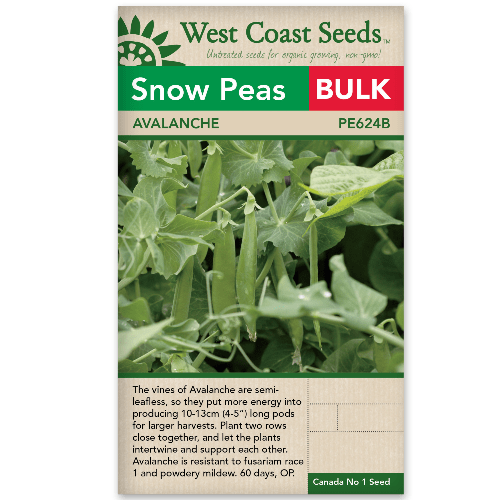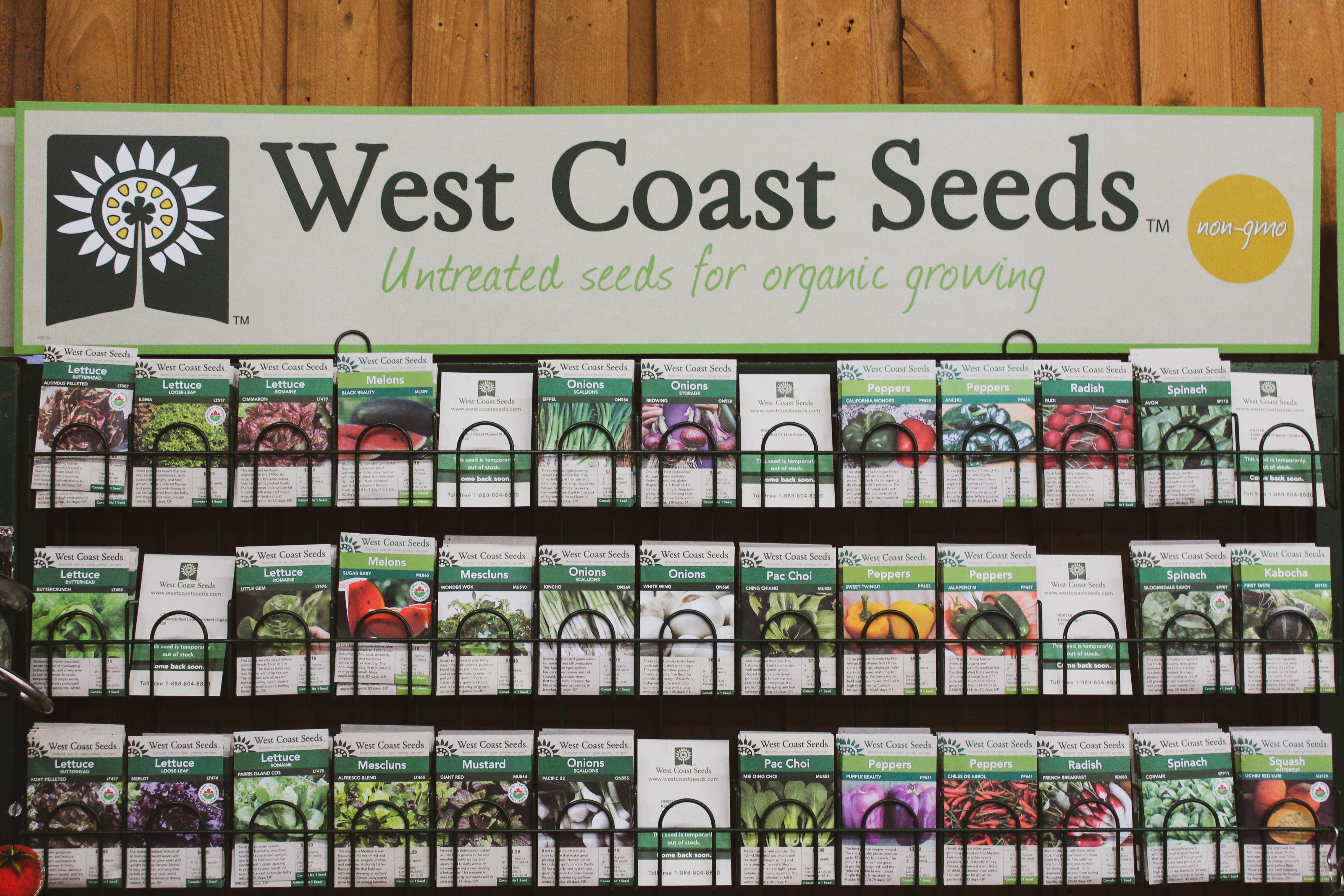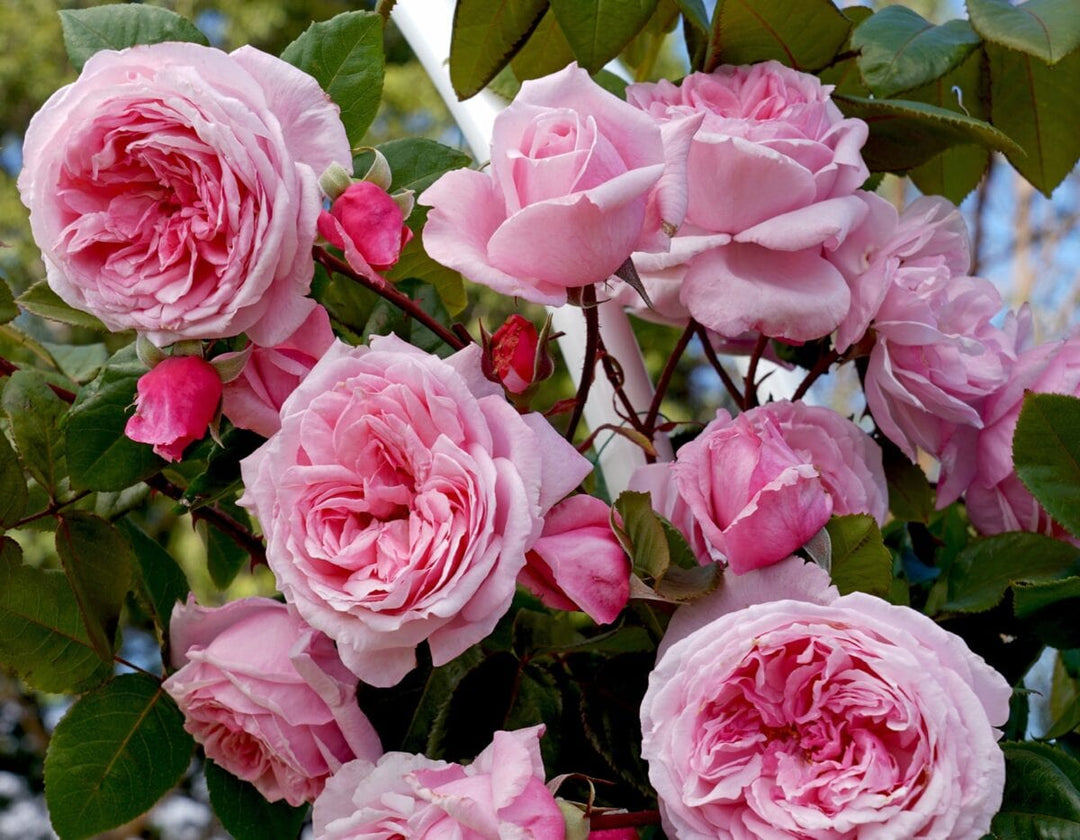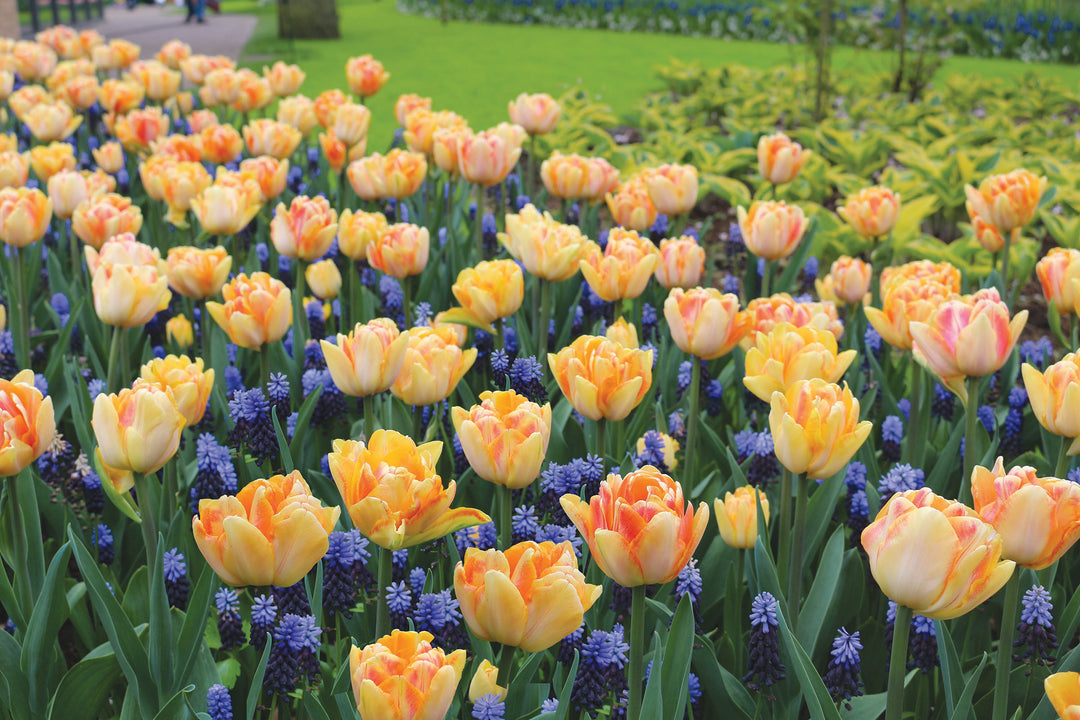
BULK Pea Snow Avalanche - West Coast Seeds
- Canada-Wide Shipping
- Flat Rate Shipping on Seeds
- Secure Payment & Checkout
- In stock, ready to ship
- Backordered, shipping soon
Pisum sativum
- Sweet and tender
- Plants are "semi-leafless"
- Resistant to fusarium wilt and mildew
- Open-pollinated seeds
- Matures in 60 days
A great substitute for Mammoth Melting peas, Avalanche snow pea seeds grow into 15cm (6") pods that are sweet and tender. Plants are "semi-leafless" so they put more energy into producing pods, making for higher yields of snow peas. Plant two to three rows close together and plants will intertwine, providing support for each other. Expect a height of 90cm (36"). Avalanche is resistant to Fusarium Wilt race 1 and powdery mildew. Plant this reliable snow pea from spring to mid-summer in rich, fertile soil.
100g (Approx. 380 Seeds)
Peas prefer cool weather. Plant as early in spring as the soil can be worked, from mid-Feburary to the end of May. After April 1, sow varities that are listed as being enation resistant if you live in an area where aphids carry the enation virus. Sow again from July to mid-August for a fall crop. The success of a fall crop will depend on the weather. Optimal soil temperature: 10-20°C (50-70°F). Seeds should sprout in 7-14 days.
Soaking seeds is not advised for damp soils. Sow seed 2cm (1″) deep. After April 15th, sow seed 5cm (2″) deep. Space seeds 2-7cm (1-3″) apart in the row. Do not thin. If the seeds fail to sprout, try to dig some up and check for rot or insect damage. The challenge with untreated pea seeds is to give them an early start but to avoid rot.
Use well-drained soil amended with finished compost. Add 2 cups of rock phosphate or bonemeal for 3m (10′) of row. Plant most varieties along a trellis or fence for support as they climb.
Pick when pods fill out and peas are bright green. Make multiple sowings or grow several varieties to extend the harvest season.
Peas of all kinds freeze particularly well for use in the fall and winter. Prior to freezing, it’s important to briefly submerge peas in boiling water — this kills the natural enzymes that exist in peas that would otherwise reduce the nutrients and cause the peas to break down over time. We recommend using a large pot of water at a rolling boil, and a colander or sieve for dipping. Timing is everything. For snap and snow peas, dip the whole pods into boiling water for exactly two minutes, and then transfer the pods to a bowl of ice water. For shelled peas, ninety seconds is perfect. Use a timer. After ninety seconds, transfer the peas to a bowl of ice water. All peas (and pods) should then be dried thoroughly on kitchen towels before being stored in zip-top or vacuum bags, with as little air as possible in each bag.
If plants turn yellow and wither from the ground up just after flowering, you have pea root rot from a soil fungus. It infects the plant in early spring when the soil is very wet. Prevent it by delaying planting until the soil is drier and by using finished compost when you plant. Rotate peas into new areas each year without repeating an area for 3-4 years. Pea enation disease is a Coastal virus disease spread by the green peach aphid. It ends flowering and causes pods to become warty and misshapen.
The pea moth is a sporadic and usually inconspicuous pest. The tiny brown moth flutters around when the flowers are just opening, and lays it eggs on the immature seed pod. The damage the caterpillar does not mean you can’t eat the rest of the peas in the pod. The larva is a tiny caterpillar with a black head, which feeds inside the seedpod and overwinters in the soil. There is one generation per year across Canada. In the pea-growing areas of the lower Fraser Valley in British Columbia, releases of two parasites have provided partially effective biological control. In general, processing and fresh-market pea crops should not be grown in areas with dry (seed) pea or seed vetch crops. After harvest, all remaining pods and vines should be destroyed by ensiling, feeding or deep cultivating.
Superb companions for beans, carrots, celery, corn, cucumber, eggplant, parsley, peppers. potatoes, radish, spinach, strawberries and turnips. Avoid planting peas near onions.
Canada Shipping
All regular packaged seed* orders have a flat rate shipping fee starting at $6.85 for Letter Mail shipping and $14.85 for Expedited Shipping.
*Some Bonus Packs, Sprouting Seeds, Bulk packs, Sprinkle Bags, and Sprinkle Cans will only be available with Expedited Shipping due to larger packaging and weight.
US Shipping
US Shipping has been suspended indefinitely. We apologize for any inconvenience this may cause. We hope to serve our US customers again in the future.







